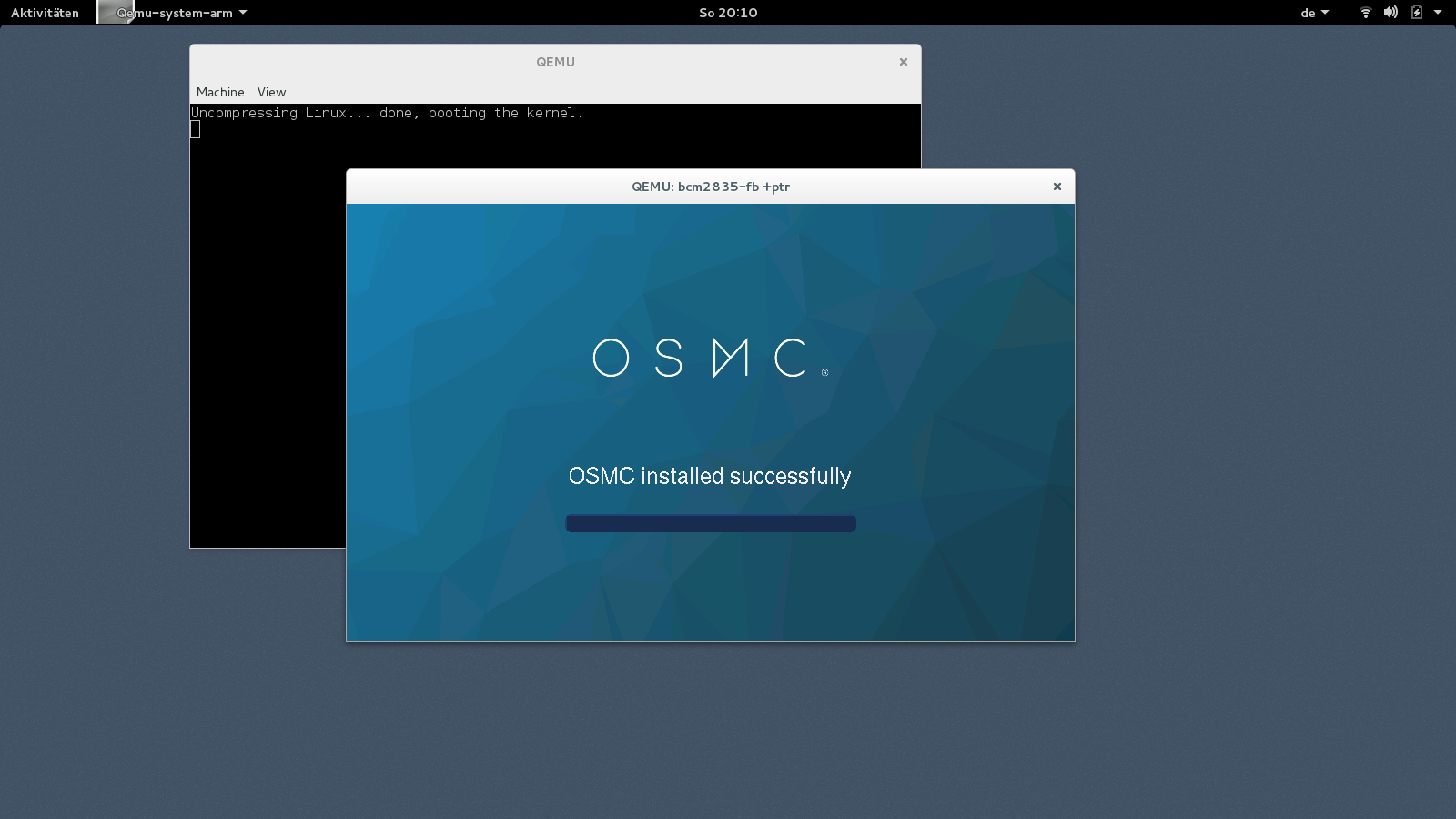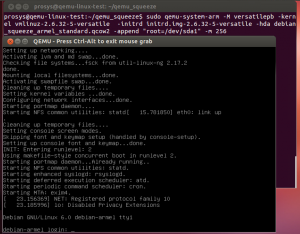

OpenWrt is able to run on that system, but for example, is not able to manage the possibility of having two WAN connections with different metric. One of this x86 compatible hardware family are systems based on Intel Atom and ICH8M chipset (maybe also others), like the Lex twitter system 3I525U. Normally OpenWrt works on most of the hardware mentioned in the table of hardware (search in this wiki), and also on most of the hardware that support Intel x86 ISA or x86 in the address bar.Īnyway some embedded x86 board have particular hardware that is not always well supported by the OpenWrt platform, even if all the kmod packages are included in the basic image. This example uses OpenWrt virtualized using Debian, QEMU with KVM and a Lex twitter system with Intel Atom D525 and ICH8M chipset. Virsh attach-device my-machine- 1 /tmp /new-interface- 0.1.xml Advanced boot methods # Where the ‘0d:84:f4’ is 3 unique bytes dd status=none bs= 1 count= 3 if= /dev /urandom | hexdump -e '/1 "%x"\n' # cat /tmp/hostdev-net0.xml hostdev-net0 $ ( uuidgen ) This will take effect after the next reboot.Īlternatively by unloading and reloading the IGB module.Ĭreate XML files for each NIC you want to support virtualization on: (taken from mailing list post by Philip Prindeville) M virt -nographic -m 64 -kernel $IMAGE # cleanup, delete tap interface created earlier ip addr flush dev $LAN ip link set dev $LAN down netdev tap, id=lan, ifname= $LAN, script=no, downscript=no \ # configure interface with static ip to avoid overlapping routes ip addr add 192.168.1.101 / 24 dev $LAN


# create tap interface which will be connected to OpenWrt LAN NIC ip tuntap add mode tap $LAN ip link set dev $LAN up Save the script and edit IMAGE variable to reflect your OpenWrt version, then run it under sudo #!/bin/sh IMAGE=lede-17.01.0-r3205-59508e3-armvirt-zImage-initramfs Note: This setup requires some privileges ( CAP_NET_ADMIN and CAP_MKNOD under Linux) so it's easier to run it under sudo (the example uses an armvirt system, adjust for your setup) If you want to check how LuCI works or to poke around with LuCI-apps this setup is for you. drive file=openwrt-armvirt- 64-rootfs-squashfs.img, format=raw, if=virtio \īoth variants provide two network interfaces to OpenWrt: Persistent (squashfs) variant (with openwrt-armvirt-64-Image and openwrt-armvirt-64-rootfs-squashfs.img): kernel openwrt-armvirt- 64-Image-initramfs \ Qemu-system-aarch64 -m 1024 -smp 2 -cpu host -M virt, highmem=off \ Non-persistent variant (with openwrt-armvirt-64-Image-initramfs): So i forgot to include the dtb because buster needs this as well.It is possible to use native virtualisation on Apple arm64 hardware under MacOS (high performance variant) If anyone can tell me what I did wrong, the output should be something similar to the source im using thanks! :ĮDIT: Alright i've made some progress since the last time. Here is the visual output that it's giving me: I couldn't do the redir part from the online example because for some reason it kept saying -redir: invalid option $ qemu-system-arm -kernel ~/qemu_vms/kernel-qemu4.19.50-buster -cpu arm1176 -m 256 -M versatilepb -serial stdio -append "root=/dev/sda2 rootfstype=ext4 rw" -hda ~/qemu_vms/-raspbian-buster.img Please check your kernel config and/or bootloader.Īs you can see I used the latest kernel and raspberry image (Buster), so I'm not exactly sure if that's contributing to the error, because the source im using is pretty outdated. My errors happen when im trying to run the Qemu but the screen appears as black and it says "Guest has not initialized the display (yet)."Įrror: invalid dtb and unrecognized/unsupported machine ID So I'm using this site to setup Qemu on my Lubuntu VM.


 0 kommentar(er)
0 kommentar(er)
